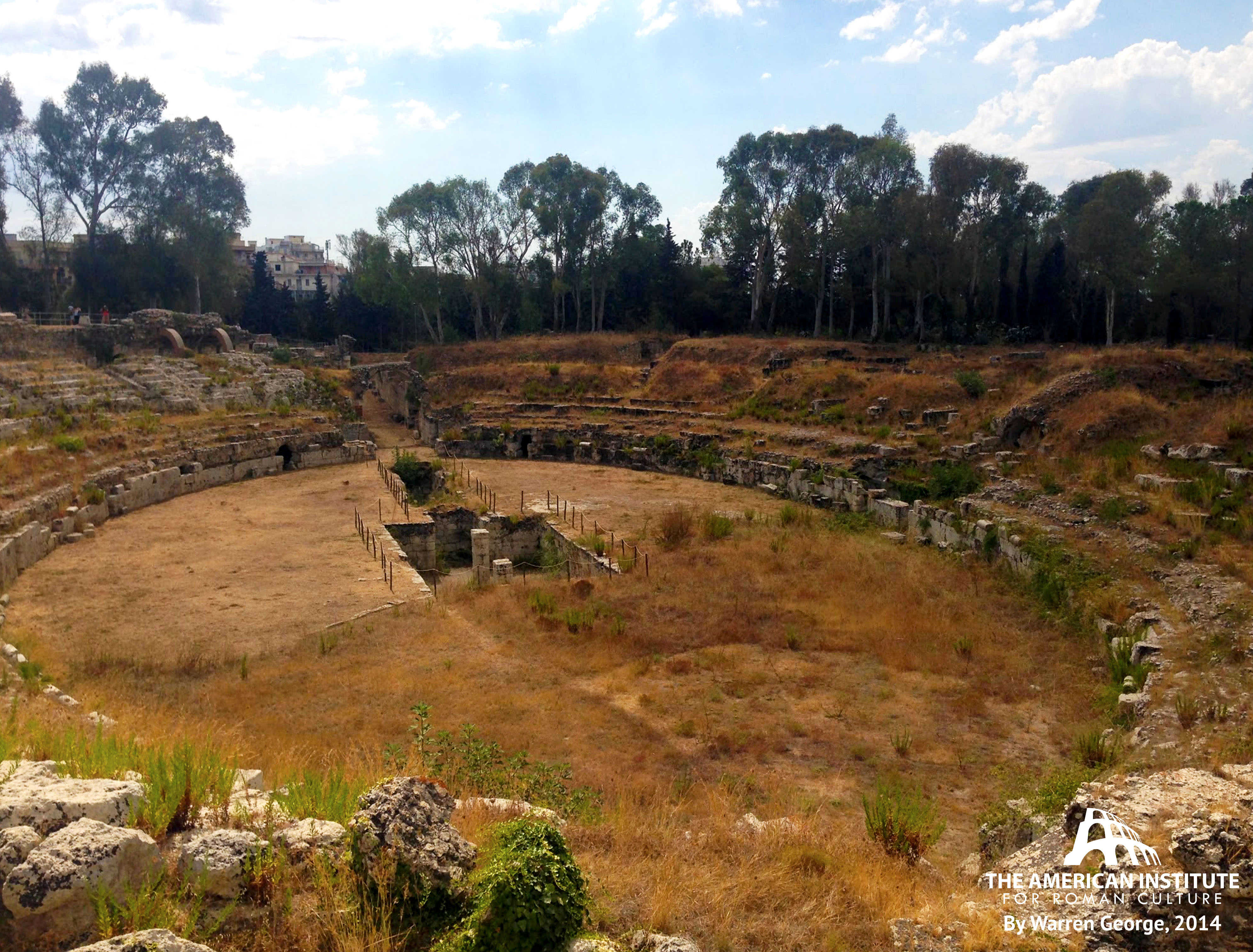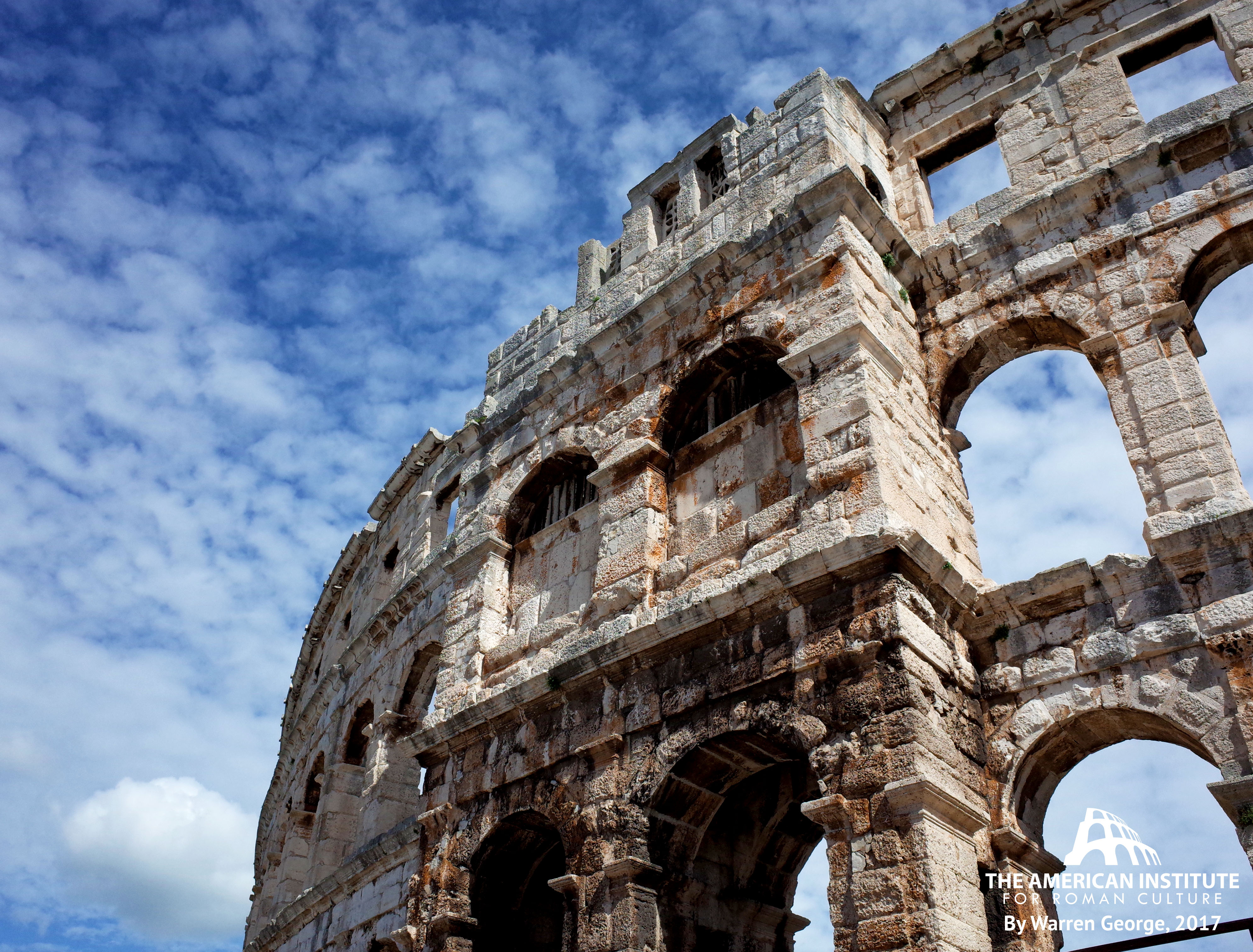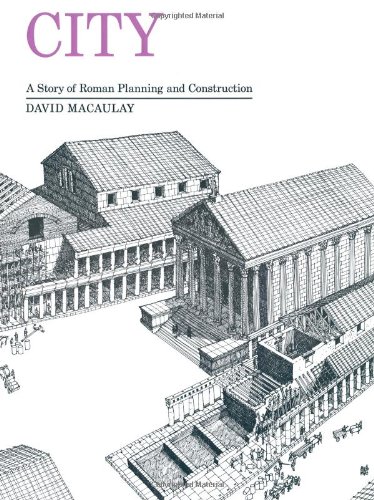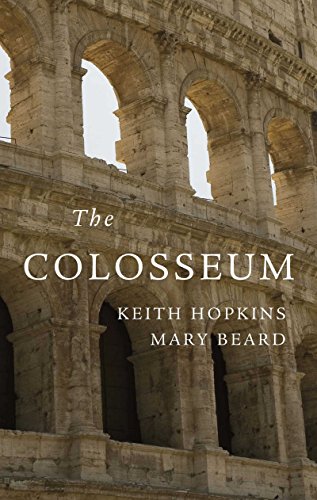Start with our video overview:
Amphitheaters were one of ancient Rome’s most significant contributions to architecture, distinct from any Greek or Etruscan influence. These massive, oval-shaped structures, with central open spaces surrounded by tiered seating, were built to host gladiatorial combat, mock naval battles, and beast hunts. Though these brutal games have long since vanished, the enduring amphitheaters still captivate the world today, standing as testaments to Roman innovation and engineering.
Amphitheaters in the Roman Republic
Under the Republic, gladiatorial games were usually held in the Roman Forum as part of funeral rites, honoring the dead. Spectators watched from wooden bleachers, which were disassembled once the mourning period was over. Seats were arranged in an elliptical shape, a feature that would come to define all future Roman amphitheaters. However, during this period, all amphitheaters in Rome had to be temporary, as the Senate had banned the permanent construction of theaters within the city.
Outside Rome, no such restrictions applied. The earliest permanent amphitheater in the Roman world was constructed in Pompeii around 70 BCE. This amphitheater, built out of stone rather than wood, could seat up to 20,000 spectators. It marked a turning point in Roman engineering, demonstrating that these structures could be permanent and large enough to hold massive crowds.
Amphitheaters in the Roman Empire: A Symbol of Power
Under Augustus, the restrictions on permanent theaters were lifted. In 29 BCE, the first stone amphitheater was built in Rome by the general Titus Statilius Taurus. Additional amphitheaters were constructed by the emperors Caligula and Nero. Unfortunately, none of these structures survive today.
The most famous amphitheater in the world, the Colosseum, opened in 80 CE under the emperor Titus. This truly massive structure could seat between 50,000 and 80,000 spectators. Lavishly adorned with columns and statues, it was equipped with advanced features such as a retractable awning to protect spectators from the sun and elevators to lift wild animals into the arena. The Colosseum set the standard for amphitheaters, serving as a monumental symbol of Rome’s engineering prowess and the empire’s appetite for entertainment. Even today, it remains the largest amphitheater in the world.
As the empire expanded, amphitheaters were constructed throughout the provinces. They served not only as entertainment venues, but as tools of Romanization – spreading Roman culture to newly conquered territories. In the West, amphitheaters were particularly popular, with notable examples including the Arles Amphitheater in France, the Trier Amphitheater in Germany, and the El Djem Amphitheater in Tunisia. All these structures, despite their distance from Rome, followed the same oval-shaped layout established during the Republic.
Amphitheaters were less popular in the Hellenized East, where gladiatorial games were often held in pre-existing structures such as Greek theaters. A rare exception was the city of Corinth which, having been rebuilt as a Roman colony, featured its own amphitheater.
Decline and Legacy of Roman Amphitheaters
By the mid-3rd century CE, amphitheater construction began to decline. The empire faced growing economic pressures and political instability, making large-scale building projects like amphitheaters impractical. As Christianity spread throughout the empire, the church strongly condemned the bloody gladiatorial games. Once the emperors converted to Christianity, these spectacles fell out of favor, and amphitheaters were slowly abandoned.
By the 6th century CE, amphitheaters had ceased to function as venues for public entertainment. Some were repurposed into medieval fortresses or churches, while others fell into disrepair and were scavenged for building materials. However, starting in the Renaissance, efforts were made to preserve these awe-inspiring structures. Today, many Roman amphitheaters are protected historical sites, visited by millions around the world.
Other amphitheaters in Rome include:
- Amphitheater of Caligula (stone), Campus Martius
- Amphitheater of Nero (wood), Campus Martius
- Amphitheater Castrense, part of Sessorium palace Esquiline
- Amphitheater of Palatine (stadium/ viridarium [garden] of Domitian’s palace)
Bibliography
- Bomgardner, David Lee. (2000). “The Story of the Roman Amphitheatre.” Routledge.
- Carter, Michael. (2010). “Amphitheaters and Arenas.” In The Oxford Encyclopedia of Ancient Greece and Rome (1st ed.).
- Grout, James. (n.d.). “The Colosseum.” University of Chicago. https://penelope.uchicago.edu/~grout/encyclopaedia_romana/romanurbs/colosseum.html
- Hopkins, Keith. (March 2011). “The Colosseum: Emblem of Rome.” BBC. https://www.bbc.co.uk/history/ancient/romans/colosseum_01.shtml
- Mueller, Tom. (January 2011). “Secrets of the Colosseum.” Smithsonian Magazine. https://www.smithsonianmag.com/history/secrets-of-the-colosseum-75827047/
Explore further:
Amphitheatrum: a form of building that originated, apparently, in Campania, but was developed in Rome after the end of the republic. It was widely diffused throughout Italy, and has always been regarded as a distinctly Roman structure. It was intended primarily for gladiatorial contests and venationes, which had previously taken place in the forum. Around the open area of the forum temporary seats had been erected, forming an irregular ellipse. This was the reason for the shape of the amphitheatre, and for the name itself which means ‘having seats on all sides.’ This word, however, does not occur before the Augustan era, and was at first applied to the circus also in the inscription on the building at Pompeii (the earliest extant example) we find spectacula used (SJ 128).
This content is brought to you by The American Institute for Roman Culture, a 501(C)3 US Non-Profit Organization.
Please support our mission to aid learning and understanding of ancient Rome through free-to-access content by donating today.
City: A Story of Roman Planning and Construction
The Colosseum
The Roman Games: A Sourcebook
Cite This Page
Cite this page as: Darius Arya, The American Institute for Roman Culture, “Amphitheatrum (General)” Ancient Rome Live. Last modified 09/27/2024 https://ancientromelive.org/amphitheatrum-amphitheaters-general/
License
Created by The American Institute of Roman Culture, published on 11/09/2019 under the following license: Creative Commons: Attribution-NonCommercial-ShareAlike. This license lets others remix, tweak, and build upon this content non-commercially, as long as they credit the author and license their new creations under the identical terms. Please note that content linked from this page may have different licensing terms.









